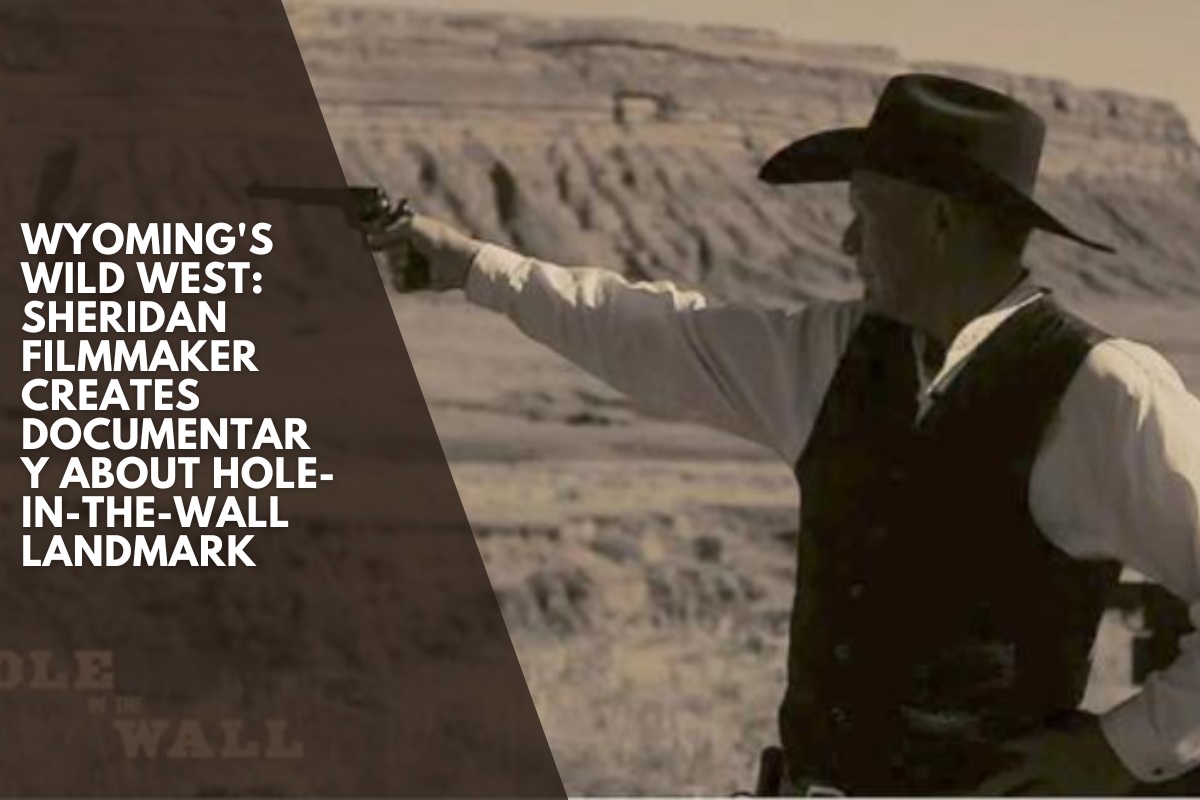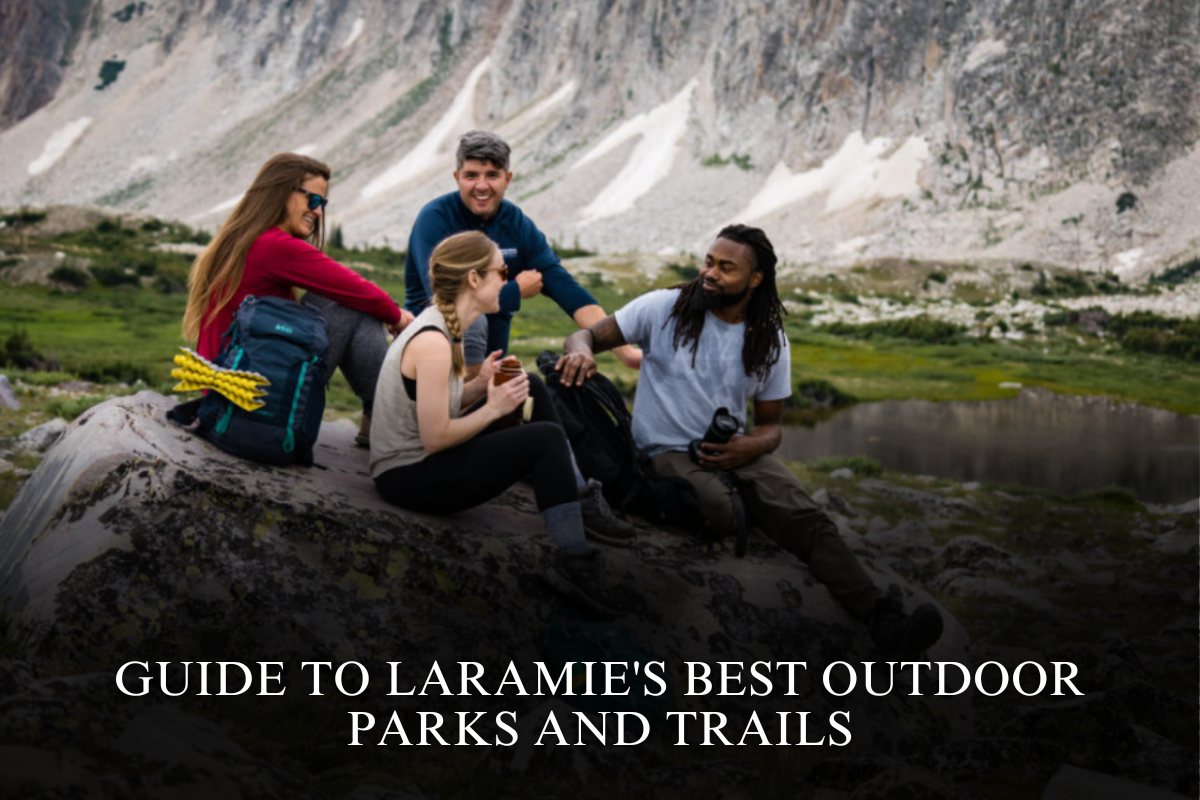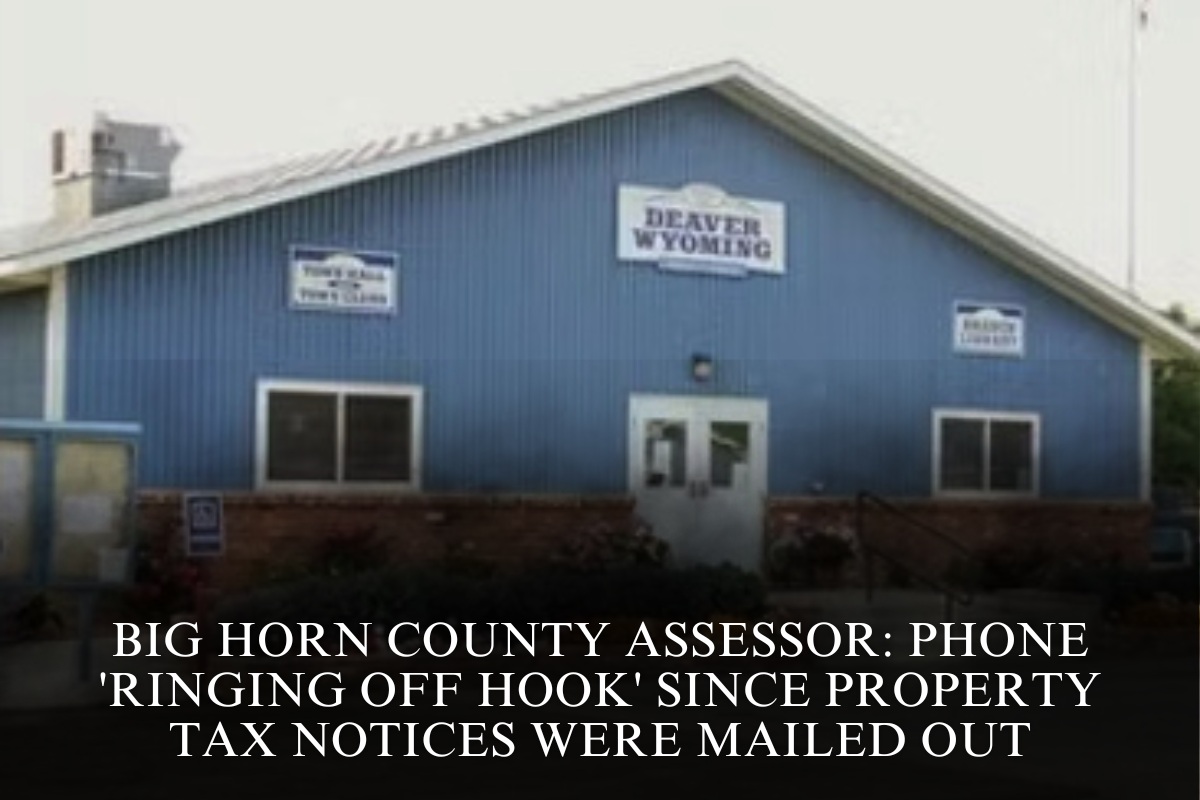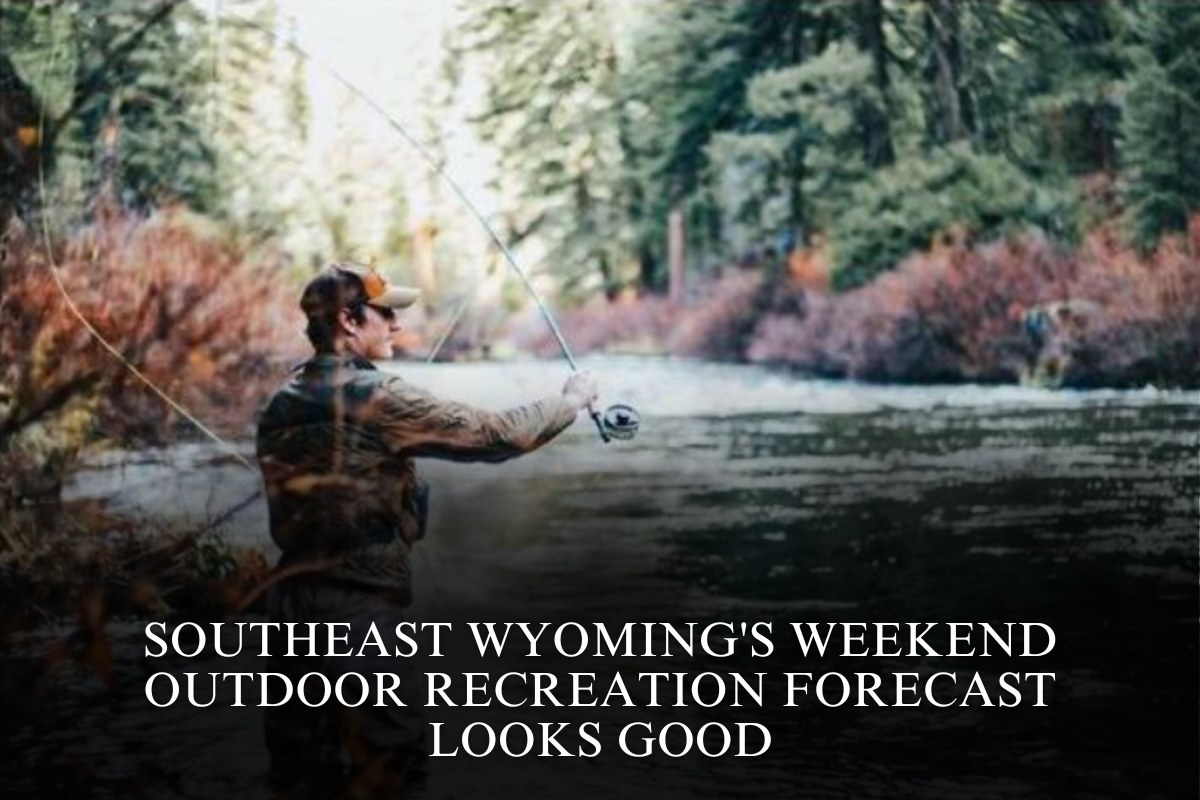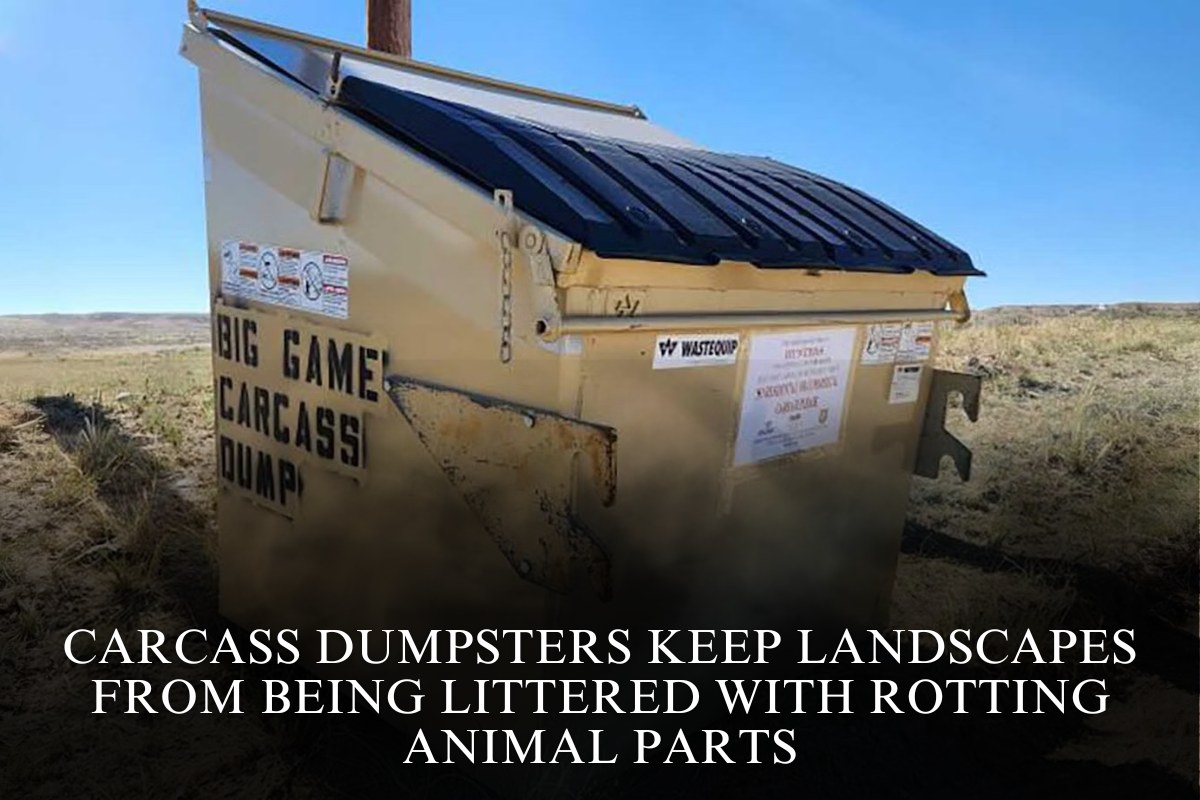SHERIDAN — A narrow valley 30 miles southwest of Kaycee contains well-kept secrets about the American West.
Hole-in-the-Wall is a fertile grazing valley surrounded by tall, red sandstone walls. In the 1880s, the secluded area had only one trail into and out of the escarpment, making it a popular hideout for some of the era’s most famous outlaws, including Butch Cassidy and the Wild Bunch Gang, Jesse James, and Black Jack Ketchum.
According to historical accounts, the valley housed cabins, stables, and corrals where thieves could safely store stolen horses and cattle while plotting their next robbery.
Today, Hole-in-the-Wall remains remote.
Toby Carrig, Marketing Director for the Johnson County Tourism Association, stated that the site has 12 camping sites that are accessible from May to December. Only vehicles with high clearance and four-wheel drive are capable of making the trek.
However, the site continues to attract visitors; the Hoofprints of the Past Museum in Kaycee offers annual tours through the Hole in the Wall valley.
Stephen Howard Tucker, a Sheridan resident, went on a guided tour of the narrow pathway in September 2023. It sparked an idea.
“This is incredible, iconic American history,” Tucker explained. “This is the stuff the world wants to hear.”
Tucker owns Bighorn Films, a full-service media production company. Tucker specializes in promotional content and commercials, having worked with companies such as First Northern Bank of Wyoming, Sheridan Pilots 307, and Earth Work Solutions in Gillette. Tucker, on the other hand, had always wanted to work on documentaries, and Hole-in-the-Wall provided him with an exceptional opportunity.
The Johnson County Tourism Association approached Tucker in November 2023 about creating a video about the Hole-in-the-Wall’s history. This film, titled “Hole in the Wall: The Ultimate Outlaw Fortress,” appeared out of nowhere.
Making a Movie
Initially, Bighorn Films and the Johnson County Tourism Association planned to create a five- to eight-minute video. However, Tucker described research as a rabbit hole: the deeper he dug, the more he wanted to know.
“Getting to know this place and its history… Tucker said, “I initially felt like this was way too special.” “This needs to be more. “This must be something special.”
Tucker claimed it wasn’t just the outlaw history. Hole-in-the-Wall has deep roots in Native culture, with over 4,000 years of history as a hunting ground and buffalo jump.
Later, the site was on the front lines of the Johnson County Cattle War from 1889 to 1893, in which Tucker’s grandfather, Howard Richcreek, was personally involved.
The project evolved into a 70-minute film, with filming taking place between May and October 2024. Interviewees included Wyoming State Archaeologist Spencer Pelton, Wyoming Geologist Mark Fisher, Wyoming historian Clay Gibbons, Crow Tribal Historic Preservation Office Director Aaron Brian, and Butch Cassidy’s great-great nephew, Bill Betenson.
“There’s so many interesting, iconic parts and pieces of American history that go into this that people need to hear, and I’m in a position to make sense of it,” Tucker told the crowd. “If I don’t take the images that I captured of people that are still alive, talking about their experience of the history, there might not be a chance for this story to be presented in this way ever.”
The film also features five reenactors, more than six recreational actors, and four crew members—Carrig, Tucker, Tina Moger, and Isaac Adsit.
After post-production, the film will be shown at film festivals.
Tucker stated that he has submitted the documentary to the Sundance Film Festival in Park City, Utah, the Big Sky Documentary Film Festival in Missoula, Montana, and the South by Southwest Film Festival in Austin, Texas. He hopes it will then become available on streaming platforms.
Celebrating a landmark.
Carrig hopes that once the film is completed, it will be able to draw attention to the attractions and history available in eastern Wyoming.
“That was our intention from the beginning, (we) want to make the public a little more aware of the history out there,” Carrig told reporters. “Public awareness of the area, and then also some education that if you’re going out there, make sure you’re prepared.”
Visitors to the site can hike the Hole-in-the-Wall foot trail while adhering to the Bureau of Land Management’s leave no trace hiking policy. Because of its historical significance, Carrig advises visitors to respect the land when recreating.
“Even in the decades since the outlaws came through here, not a lot has changed,” Carrig joked. “You won’t see many structures. There may be some livestock or wild animals, but the environment remains largely unchanged from the 1890s, and we hope to keep it that way.
Tucker hopes that this film marks the beginning of Bighorn Films’ documentaries in Wyoming. He hopes to follow up with another documentary about Native American culture in the Bighorn Mountains, as well as one about the Johnson County Cattle War.
Tucker stated that one of the film’s distinguishing features, which he hopes to replicate in future films, is the emphasis on Wyoming voices, telling stories through the eyes of those who are most familiar with Wyoming’s culture and history.
“I want them to be authentically rooted in Wyoming,” Tucker told me. “Wyoming historians are locals with intimate family ties and stories to the history, rather than those who simply read a book and studied it… I want to hear it from the people themselves.
